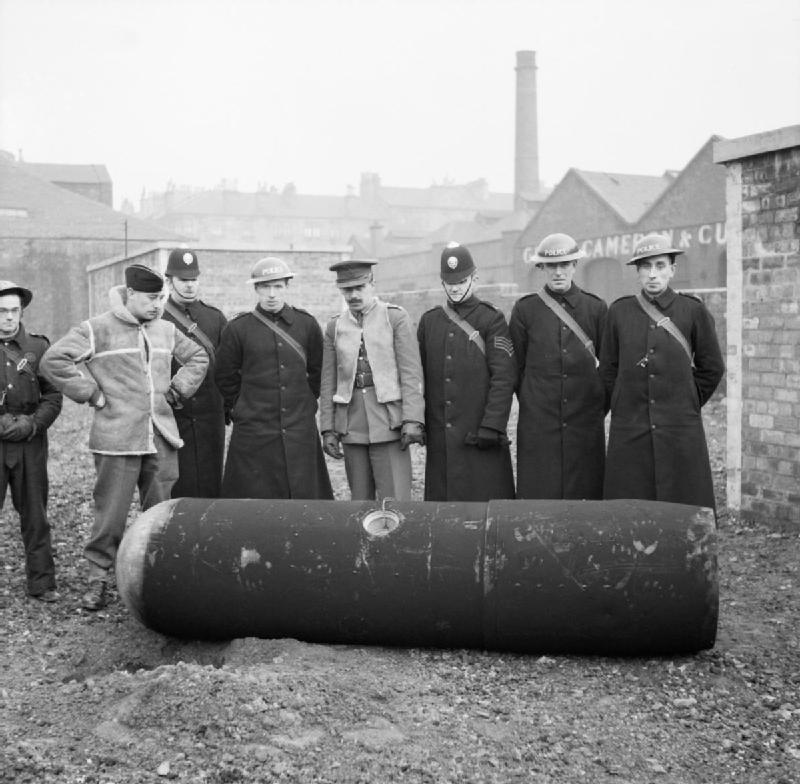Greenock Blitz on:
[Wikipedia]
[Google]
[Amazon]
 The Greenock Blitz is the name given to two nights of intensive bombing of the town of Greenock,
The Greenock Blitz is the name given to two nights of intensive bombing of the town of Greenock,
Full list of casualtiesGreenock Blitz
{{WWII city bombing, state=autocollapse 1941 in Scotland Airstrikes conducted by Germany The Blitz Military history of Greenock Scotland in World War II May 1941 in the United Kingdom
 The Greenock Blitz is the name given to two nights of intensive bombing of the town of Greenock,
The Greenock Blitz is the name given to two nights of intensive bombing of the town of Greenock, Scotland
Scotland is a Countries of the United Kingdom, country that is part of the United Kingdom. It contains nearly one-third of the United Kingdom's land area, consisting of the northern part of the island of Great Britain and more than 790 adjac ...
by the Nazi German ''Luftwaffe
The Luftwaffe () was the aerial warfare, aerial-warfare branch of the before and during World War II. German Empire, Germany's military air arms during World War I, the of the Imperial German Army, Imperial Army and the of the Imperial Ge ...
'' during the Second World War
World War II or the Second World War (1 September 1939 – 2 September 1945) was a World war, global conflict between two coalitions: the Allies of World War II, Allies and the Axis powers. World War II by country, Nearly all of the wo ...
. The raids over the nights of the 6 and 7 May 1941 targeted the shipyard
A shipyard, also called a dockyard or boatyard, is a place where ships are shipbuilding, built and repaired. These can be yachts, military vessels, cruise liners or other cargo or passenger ships. Compared to shipyards, which are sometimes m ...
s and berthed ships around the town (similar to the Clydebank Blitz the previous March). The brunt of the bombing fell on residential areas. Over the two nights, 271 people were killed and over 10,200 injured. From a total of 180,000 homes nearly 25,000 suffered damage and 5,000 were destroyed.
6 May
The attack began around midnight on 6 May when around 350 German bombers attacked the town. Bombs fell all over the town and surrounding area; serious damage being inflicted on East Crawford Street and Belville Street. Many civilians fled to the tunnels in the east end of the town, significantly reducing casualties the next night.7 May
Air raid sirens at 12:15am on 7 May marked the beginning of a second night of bombing. Initially, incendiary bombs were dropped around the perimeter of the town. The second wave attacked primarily the east end and centre of Greenock; the distillery in Ingleston Street had been set alight in the first wave, causing a huge fire which acted as a beacon for the rest of the bomber force. The final wave came around 2am; dropping high-explosive bombs and parachute land mines which caused widespread destruction. At 3:30am the "All Clear" sounded, but a large area of the town was in flames. The sugar refineries, distillery and foundries were all extensively damaged, Greenock Municipal Buildings complex was partly destroyed, and several churches were left as burnt-out shells. However, damage to the shipyards was minimal.Decoy site
An Air Ministry decoy starfish site behind Loch Thom prevented the number of casualties being even higher. The decoy was lit on the second night of the blitz. It consisted of a large number of mounds of combustible materials scattered over a wide area of the moorland to simulate a burning urban area. Scores of large bomb craters were found after an inspection of the decoy after the air raids.George Medal
Three local firemen were awarded theGeorge Medal
The George Medal (GM), instituted on 24 September 1940 by King George VI,''British Gallantry Medals'' (Abbott and Tamplin), p. 138 is a decoration of the United Kingdom and Commonwealth of Nations, Commonwealth, awarded for gallantry, typically ...
.
References
External links
Full list of casualties
{{WWII city bombing, state=autocollapse 1941 in Scotland Airstrikes conducted by Germany The Blitz Military history of Greenock Scotland in World War II May 1941 in the United Kingdom